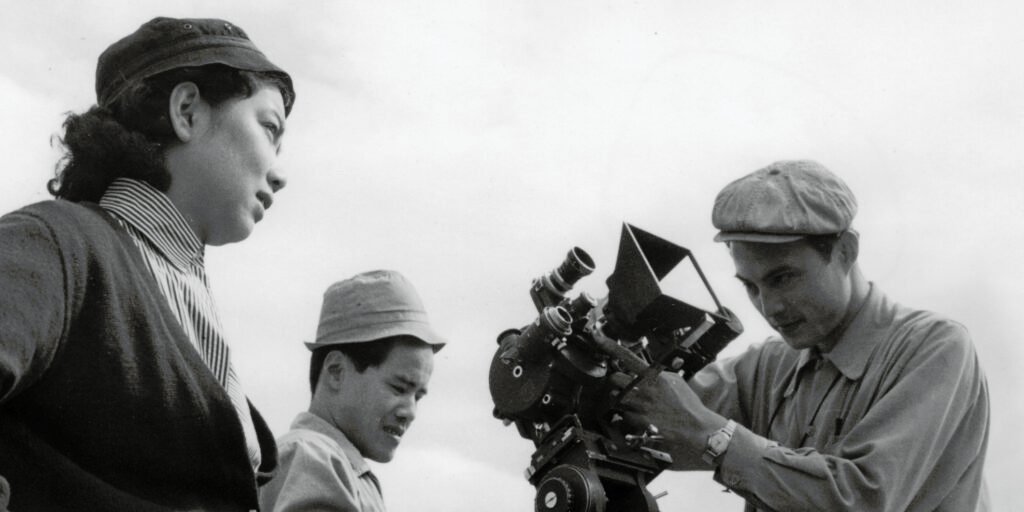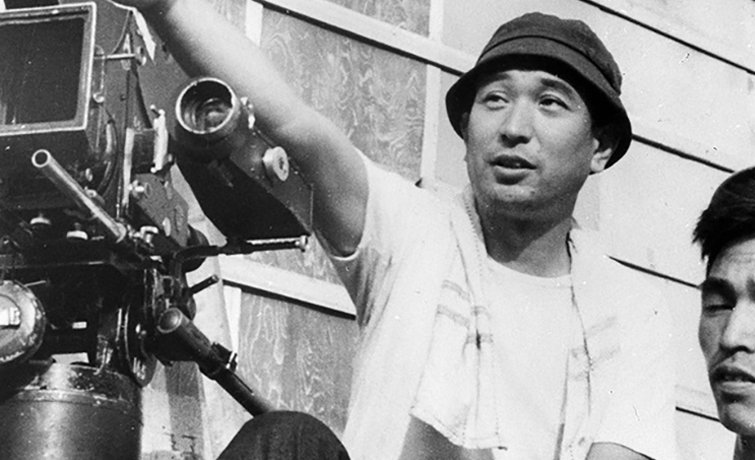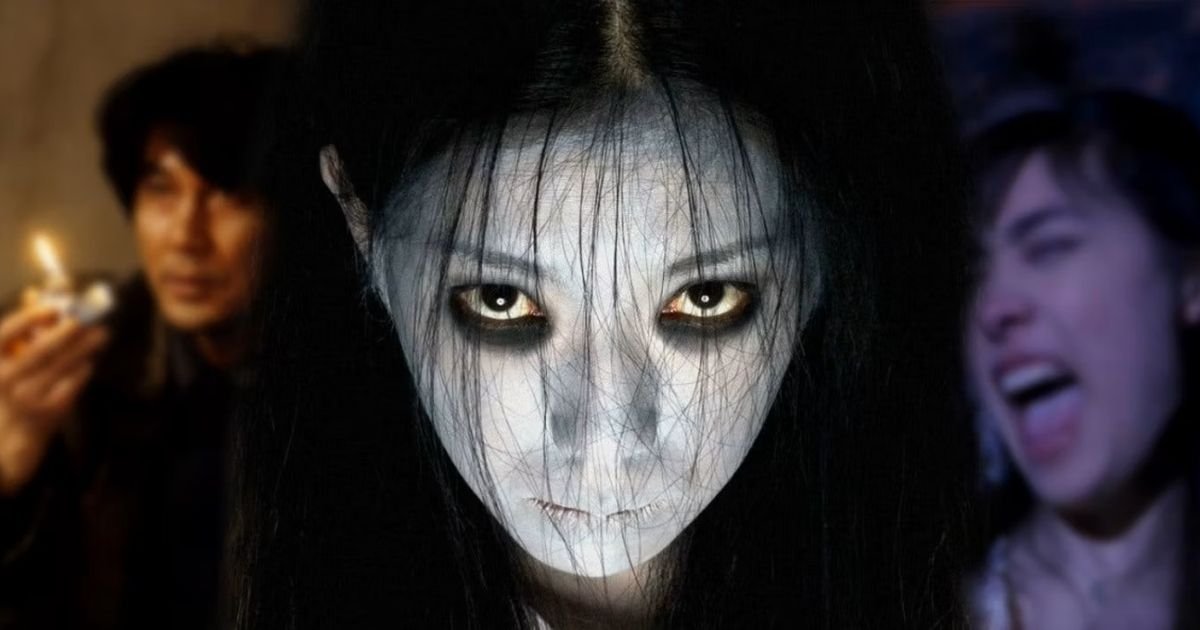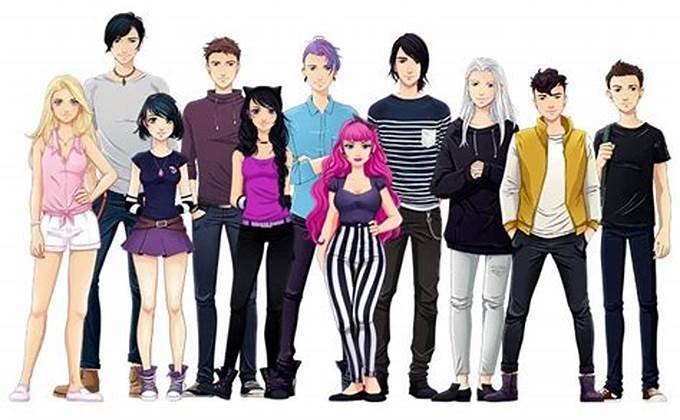Post-war Japanese cinema represents a powerful shift in storytelling, focusing on themes of loss, recovery, and identity. The devastation of World War II, coupled with Japan’s reconstruction, created a fertile ground for filmmakers to explore the nation’s societal changes and moral questions. This article will dive into Japan’s best post-war films and examine how they have influenced both Japanese culture and global cinema.
1. Rashomon (1950) – Akira Kurosawa
One of the most iconic Japanese films, Rashomon introduced the world to Akira Kurosawa and helped put Japanese cinema on the international map. The film’s innovative storytelling, with its multiple perspectives on a single event, raised questions about the subjectivity of truth. Kurosawa’s technique not only influenced future filmmakers but also reflected the psychological confusion and moral ambiguity of a nation recovering from war.
- Cultural Impact: Rashomon’s narrative style has been adopted globally, while its exploration of truth and morality mirrors Japan’s own search for identity in a post-war world.
2. Tokyo Story (1953) – Yasujiro Ozu
Yasujiro Ozu’s Tokyo Story is often considered one of the greatest films ever made. This quiet, introspective film examines the generation gap in post-war Japan, where traditional family values were being challenged by the rapid urbanization and modernization of society. The story of elderly parents visiting their indifferent children in Tokyo encapsulates the emotional distance between generations, a theme that resonated deeply in post-war Japanese society.
- Cultural Impact: Ozu’s film has had a profound influence on filmmakers around the world, with its minimalist approach and subtle exploration of family dynamics and societal change.
3. Ikiru (1952) – Akira Kurosawa
Another of Kurosawa’s masterpieces, Ikiru follows a bureaucrat diagnosed with terminal cancer as he tries to find meaning in his life. The film’s portrayal of existential despair and the search for purpose reflects the broader struggle of a nation grappling with loss and rebirth after the war. Ikiru is a poignant reflection on life, death, and the pursuit of legacy in a rapidly changing society.
- Cultural Impact: The film became a symbol of the human condition in post-war Japan, resonating with audiences who were also seeking meaning and identity amid the country’s rapid reconstruction.

4. Godzilla (1954) – Ishirō Honda
Godzilla is not just a monster movie; it is a direct allegory for the trauma of nuclear war. Released less than a decade after the atomic bombings of Hiroshima and Nagasaki, Godzilla represents the fear of nuclear annihilation and the destructive power of technology. The film was an immense success, spawning a long-running franchise and establishing kaiju (giant monster) films as a staple of Japanese pop culture.
- Cultural Impact: Godzilla has become a cultural icon in Japan and globally, serving as a metaphor for nuclear disaster and a reflection of the anxieties surrounding post-war technology and warfare.
5. Grave of the Fireflies (1988) – Isao Takahata
Though released decades after the war, Grave of the Fireflies is one of the most heart-wrenching portrayals of wartime loss and the human cost of conflict. This animated film tells the story of two siblings struggling to survive in the aftermath of the bombing of Kobe. The film’s focus on the innocence of childhood amid the horrors of war gives it a timeless resonance and is a critical reflection on the impact of war on civilians.
- Cultural Impact: The film remains a poignant reminder of the personal tragedies of war, influencing future filmmakers and shaping the way Japan remembers its wartime experience.
6. Harakiri (1962) – Masaki Kobayashi
Harakiri is a powerful critique of feudal Japan and the samurai code, symbolizing Japan’s post-war rejection of blind obedience and militarism. Through its intense narrative of a samurai seeking revenge for the death of his son-in-law, the film questions the values of loyalty, honor, and sacrifice that were glorified in Japan’s past. Harakiri resonates with post-war audiences who were questioning the very foundations of the society that led to the war.
- Cultural Impact: The film has been praised for its bold critique of Japan’s feudal system and militaristic past, marking a pivotal shift in the way historical narratives were approached in Japanese cinema.
7. Black Rain (1989) – Shōhei Imamura
Black Rain tells the story of a family living in Hiroshima after the atomic bombing. The film is a haunting exploration of the long-term effects of radiation on survivors and the lingering trauma of the event. Through its portrayal of everyday life in the aftermath of nuclear devastation, Black Rain serves as a reminder of the personal and societal scars left by the war.
- Cultural Impact: This film continues to shape the narrative of nuclear war in Japan, offering a deeply personal and human look at the consequences of conflict and contributing to Japan’s anti-nuclear stance.
8. The Burmese Harp (1956) – Kon Ichikawa
Set during Japan’s withdrawal from Burma at the end of World War II, The Burmese Harp is a meditation on pacifism and spirituality. The story follows a Japanese soldier who becomes a Buddhist monk after witnessing the atrocities of war, choosing to dedicate his life to burying the dead. The film’s quiet, reflective nature made it a profound statement on the need for peace and reconciliation in post-war Japan.
- Cultural Impact: The Burmese Harp was an early cinematic reflection of Japan’s post-war commitment to peace and remains a touchstone for Japanese pacifist ideology.
Conclusion
The post-war period was a transformative time for Japanese cinema, as filmmakers used the medium to grapple with the trauma of war, social change, and the quest for national and personal identity. From the existential musings of Ikiru to the stark horror of Godzilla, these films not only shaped Japanese culture but also left a lasting impact on global cinema. Their exploration of loss, recovery, and rebuilding remains relevant, offering timeless insights into the human condition.










